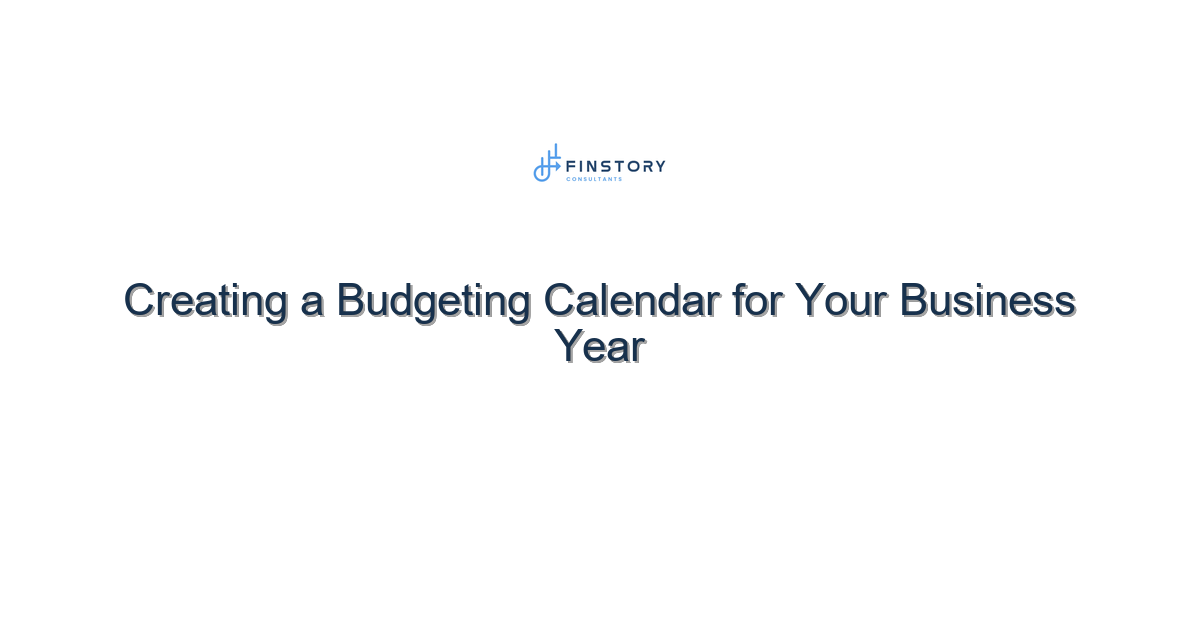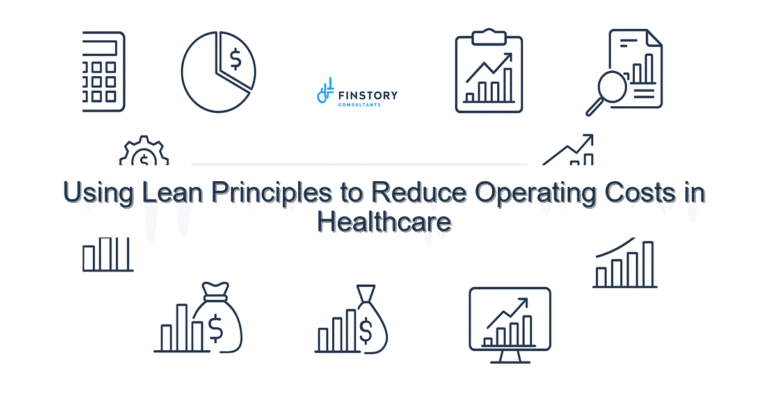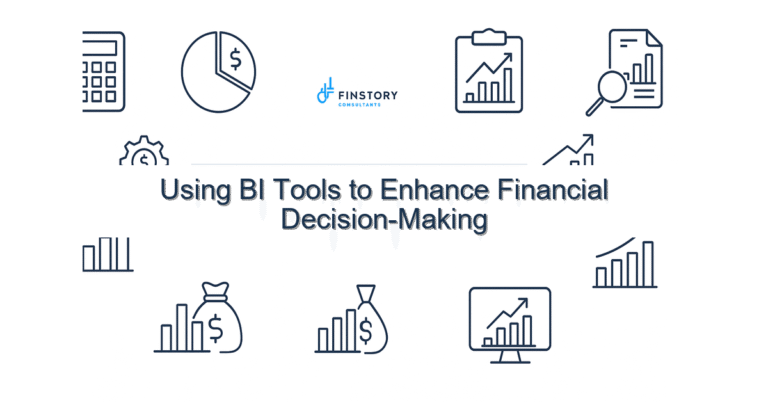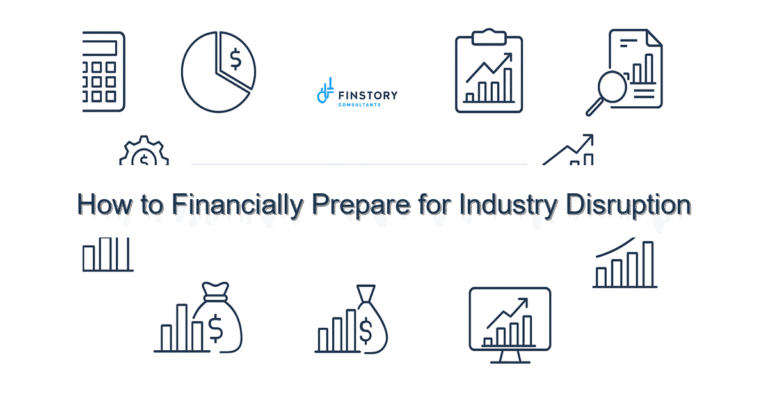Creating a Budgeting Calendar for Your Business Year
Introduction
As healthcare operations leaders, managing your organization’s finances effectively is paramount. A well-structured budgeting calendar can be your secret weapon, enabling streamlined financial planning, easier forecasting, and improved leadership reporting. In this guide, we will explore how to create a detailed budgeting calendar for your business year, leveraging finance automation tools like Power BI to optimize the process.
Understanding the Importance of a Budgeting Calendar
Creating a budgeting calendar for your healthcare organization helps lay a foundation for fiscal responsibility. It provides a roadmap, detailing important financial milestones, deadlines, and review periods throughout the year. This enables efficient cash flow management, better resource allocation, and increased transparency within the organization.
Step 1: Define Your Financial Goals
Begin by setting clear financial goals aligned with your healthcare mission. This could include increasing revenue, reducing operating costs, or enhancing patient care services. Specific, measurable objectives will guide your budgeting calendar and prioritize resource allocation.
Step 2: Identify Key Dates and Deadlines
Next, map out key dates that are critical to your financial planning process. Consider including:
- Fiscal year start and end dates
- Quarterly review meetings
- Budget submission deadlines
- Annual financial audits
Highlight these important milestones in your budgeting calendar, ensuring that relevant stakeholders are aware of their responsibilities.
Step 3: Incorporate Finance Automation
In today’s digital age, leveraging finance automation tools like Power BI can drastically improve your budgeting process. Integrate automation to:
- Streamline data collection
- Enhance accuracy in projections
- Provide real-time financial insights
Using Power BI, you can visualize historical data and trends, making it easier to set informed budgets based on actual performance. This automation not only saves time but also empowers your leadership reporting.
Step 4: Engage Key Stakeholders
Collaboration is essential for effective budgeting. Engage department leaders and staff throughout the budgeting calendar process. Schedule regular meetings to discuss financial targets, gather feedback, and encourage ownership among team members. This participatory approach fosters a culture of accountability and helps align various departments with overall organizational goals.
Step 5: Review and Adjust Regularly
A budgeting calendar should be dynamic, allowing for adjustments as needed. Regularly review your budget against actual performance metrics using tools like Power BI to identify any discrepancies or areas for improvement. This will enable you to make informed decisions and necessary adjustments in real-time.
Step 6: Finalize and Share the Budget
Once your budget is developed, finalize it and share it with relevant stakeholders. Ensure that everyone understands the budget and their respective roles in adhering to it. Provide access to financial reports using finance automation tools to keep everyone aligned and accountable.
Conclusion
Creating a budgeting calendar for your healthcare organization is a powerful step towards achieving financial health and operational efficiency. By defining goals, incorporating key dates, leveraging finance automation, engaging stakeholders, and continually reviewing your budget, you can foster a culture of proactive financial management. Make your budgeting process clearer and more efficient by implementing these strategies and utilizing tools like Power BI to support your finance and leadership reporting efforts.
Call to Action
Ready to take your healthcare organization’s financial management to the next level? Start creating your budgeting calendar today! Explore finance automation tools and strategies that will help streamline your process and enhance overall efficiency. For more tips and insights, subscribe to our blog!






